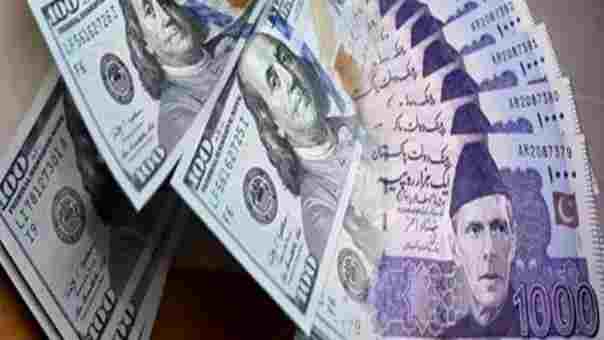Karachi, February 24, 2025 – The currency exchange market in Pakistan has opened with updated rates for major international currencies as of Monday, February 24, 2025.
The exchange rates play a crucial role in trade and investment, impacting businesses, importers, exporters, and travelers. Fluctuations in currency values are influenced by various factors, including global economic conditions, geopolitical developments, and local market demand.
The US Dollar remains a key focus for traders and businesses, with the buying rate recorded at 279.95 PKR and the selling rate at 281.45 PKR. The Euro, another significant currency, is trading at 292.75 PKR for buying and 295.50 PKR for selling. Meanwhile, the British Pound Sterling stands strong with a buying rate of 353.50 PKR and a selling rate of 357.00 PKR, reflecting its continued importance in international trade and finance.
Among Middle Eastern currencies, the Saudi Riyal is exchanging at 74.30 PKR for buying and 74.85 PKR for selling, while the UAE Dirham remains close with a buying rate of 75.95 PKR and a selling rate of 76.60 PKR. The Kuwaiti Dinar, one of the highest-valued currencies in the region, is being bought at 898.15 PKR and sold at 907.65 PKR.
Asian currencies also show steady performance in the Pakistani market. The Chinese Yuan is trading at 37.59 PKR for buying and 37.99 PKR for selling, while the Japanese Yen stands at 1.86 PKR for buying and 1.92 PKR for selling. The Indian Rupee remains a widely watched currency in Pakistan, with its buying rate at 3.11 PKR and selling rate at 3.20 PKR.
The Australian Dollar and Canadian Dollar continue to hold value in the market, with the Australian Dollar trading at 179.25 PKR for buying and 181.50 PKR for selling, whereas the Canadian Dollar is valued at 197.10 PKR for buying and 199.50 PKR for selling.
Foreign exchange rates are subject to change based on market dynamics, and investors closely monitor currency trends to make informed decisions. The currency market remains a critical indicator of economic stability and trade competitiveness. As the demand for different currencies shifts, businesses and financial institutions adjust their strategies to navigate fluctuations effectively.
